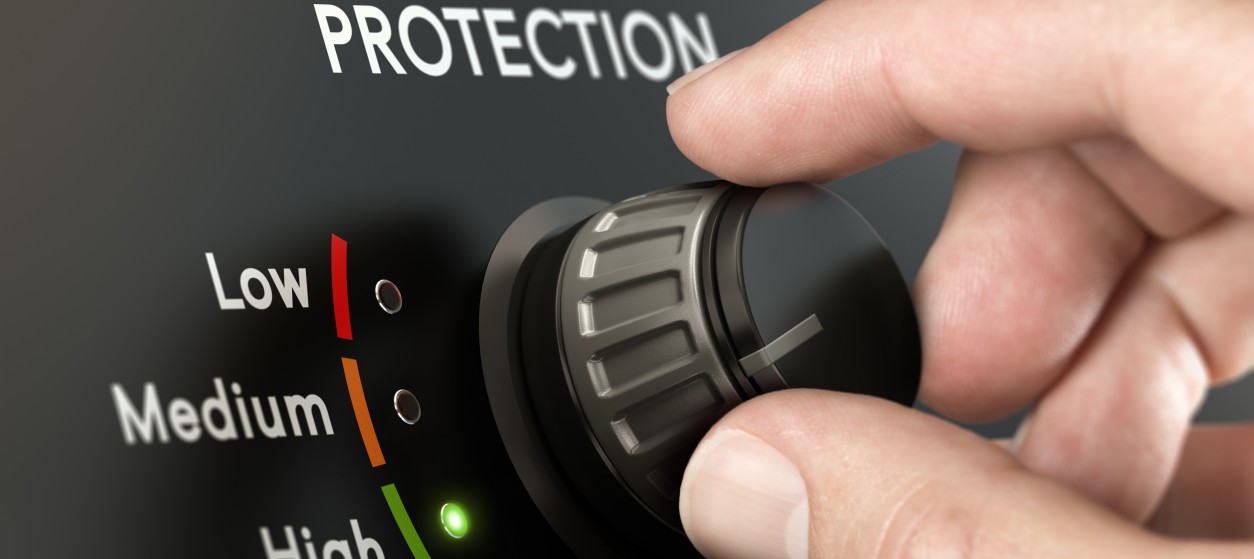In an era of unprecedented digital transformations and an increased number of cyber threats, physical security is not adequately discussed. Security professionals tend to overemphasize the need for cyber defense mechanisms, yet they do not usually discuss the need for physical security. Nevertheless, the importance of physical security in safeguarding the critical infrastructures of the digital age cannot be underestimated. Nowadays, there is a symbiotic relationship between physical and Cyber Security, which asks for a comprehensive and integrated approach to increasing the resilience of critical infrastructures. This approach includes a host of robust physical security measures, which must be integrated with cybersecurity mechanisms.
Securing Critical Infrastructure in the Digital Age
The digital age comes with a host of benefits for industrial organizations, which lead to increased automation and intelligence for their operations. However, this digital transformation is also exposing critical infrastructures to new vulnerabilities. Modern critical infrastructures (e.g., power grids, water supplies, financial systems) are increasingly controlled by digital technologies. Therefore, any physical breach in these facilities could have catastrophic consequences, not just offline but in cyberspace as well. For instance, unauthorized physical access to a data center could facilitate cyber-attacks such as data theft or sabotage. As a result, securing physical premises is as crucial as creating and deploying proper cyber defenses.
Physical Security Best Practices for Cyber Resilience
To enhance cyber resilience, organizations must implement an integrated physical security strategy. Here are some of the most prominent elements and best practices of such a strategy:
- Risk Assessment: Conduct thorough risk assessments to identify and evaluate physical vulnerabilities that could be exploited for cyber intrusions.
- Access Control Systems: Implement sophisticated access control systems to restrict entry to sensitive areas. Biometric systems and smart cards can ensure that only authorized personnel gain access.
- Surveillance and Monitoring: Deploy surveillance cameras and motion detectors not just as deterrents but as tools for real-time monitoring and incident response.
- Perimeter Defense: Strengthen perimeter defenses with barriers, security guards, and entry checkpoints to prevent unauthorized physical access.
- Integration with Cybersecurity: Ensure that physical security systems are integrated with cybersecurity protocols for a cohesive defense strategy, which is grounded on novel cyber-phsysical threat intelligence mechanisms.
Securing Remote Work Environments Physically
In recent years, the shift to remote work has expanded the perimeter that organizations must secure. In this context, the physical security of remote work environments is critical to safeguarding sensitive information and devices from theft and unauthorized access. This includes secure storage for devices, robust authentication methods for accessing systems remotely, and education for employees on the importance of physical security measures at home.
Convergence of Physical and Cyber Security
The evolving threat landscape necessitates the convergence of physical and cyber security. A breach in physical security can serve as a gateway to cyber attacks, which highlights the interdependency between the two. Organizations must therefore adopt a holistic view, which considers that robust security frameworks comprise both physical and digital realms. The integration of physical security information management (PSIM) systems with cybersecurity platforms can enable real-time threat detection and response. This can blur the lines between the two domains, yet leading to increased protection.
Physical Access Control in Cybersecurity
Physical access control is a critical element in cybersecurity strategies. It ensures that the physical components of a network—such as servers, routers, and workstations—are safeguarded against unauthorized access. This is crucial for preventing attackers from directly exploiting these devices to bypass security mechanisms. Incorporating physical access controls into cybersecurity plans is fundamental for securing the hardware on which software and digital defenses operate.
The above-listed physical security examples and applications illustrate why the importance of physical security systems extends well beyond traditional boundaries. Modern organizations are faced with the complexity of protecting digital assets. Hence, the must understand the role of physical security in safeguarding hardware and infrastructures that host critical data. Physical breaches (e.g., unauthorized access to data centers) can lead to significant cybersecurity incidents, including data theft and system sabotage. Therefore, physical security serves as the first line of defense that enables the design and deployment of a multi-layered approach to cybersecurity. As digital systems become interconnected, the integration of physical security into cybersecurity frameworks is essential. The convergence of these two domains ensures a holistic security posture, which protects against both digital attacks and physical intrusions. In this direction, a reevaluation of security protocols is required. The evaluation must lead to new considerations about the role of physical security measures (e.g., access controls, surveillance, secure facilities management) in the overall security ecosystem.
Overall, the importance of physical security in the digital age cannot be overstated. As cyber threats evolve, the physical realm remains a critical element of corporate security strategies. Hence, the convergence of physical and cyber security is no longer optional but rather an integral element of comprehensive defense strategies. It is therefore important for modern industrial organizations to adopt physical security best practices and to recognize its pivotal role in cybersecurity. Cyber-physical threat intelligence is a key for enhancing the resilience of critical infrastructures in an era where organizations are confronted by multi-faceted security threats and have to cope with digital age physical security.










